Tonka beans are served in the best restaurants
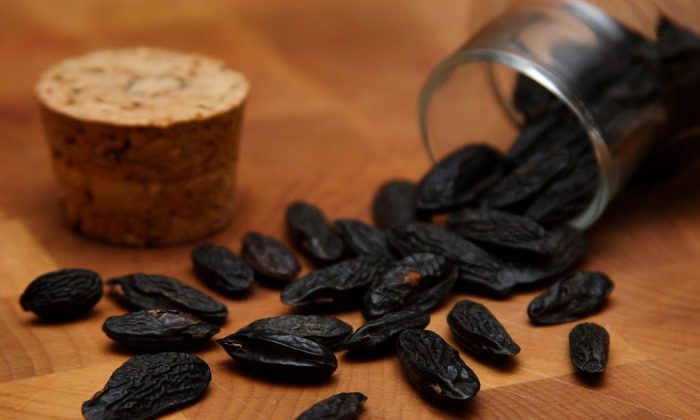
Tonka beans, despite the name, are not real beans. They are actually seeds of the Dipteryx odorata tree, commonly known as cumaru. These seeds are fermented and are used as aromatic spices, especially in desserts. Seeds are 2.5 to 3 cm in size and very lightweight – about 1 g per seed. Cumaru comes from South America (Venezuela, Colombia, etc.).
What do cumaru seeds look like?
Seeds are black and shaped a bit like almonds. The surface is wrinkled and bumpy, and the inside is light brown. Aroma may be compared to bitter almonds with an added mixture of vanilla, cloves and magnolia. Cumaru seeds are used in both cold and hot dishes and are widely used in French cuisine in ice creams, pastries and desserts. Seeds are either grated or used in the form of an extract. Thanks to the distinctive aroma seeds are also used in beauty products.
Photo: Commons.wikimedia.org
Cumaru seeds in the kitchen
Seeds are used very much like nutmeg, usually grated, and used as a powdered dry spice. For example, you can mix the powder with flour and bake a cumaru flavoured bread. Or you may mix it with sugar and add it to a variety of desserts. Seeds may also be added to various liquids (milk or cream) and then cooked at medium temperature. Boiling too hard modifies the taste though.
What to combine tonka beans with?
Cumaru seeds go well with chocolate and sweet fruits, such as strawberries or apricots. The complex flavour makes cumaru an interesting ingredient used in cocktails. It also goes very well with whiskey and cognac. Like vanilla, also cumaru seeds are often used in sweet dishes – but if you like to experiment you may also add it to various condiments and you will not be disappointed. What about cumaru flavoured mayonnaise?
Cumaru seeds are prohibited in the US
The name cumaru is derived from a chemical compound called “coumarin”. Various studies on animals showed that an increased consumption may lead to liver problems. Many coumarin-containing ingredients are banned in the US, but there are also many rumours about the actual toxicity of cumaru seeds… Certain foods containing coumarin, such as lavender, cinnamon or liquorice, are exempt from this ban, so go figure.
Are cumaru seeds toxic or not?
In reality, you would have to consume 30 cumaru seeds to increase the level of coumarin to a dangerous point. A single seed is enough for about 50 dishes. This spice is not a common ingredient, so if you want to try it, you will have to do some searching. Try specialized stores. Still, we recommend using cumaru seeds sparingly. As any spice, cumaru seeds should be stored in a sealed container.
Preview photo: Commons.wikimedia.org

Gardening is my hobby, I have a lot of experience and I am happy to share it.
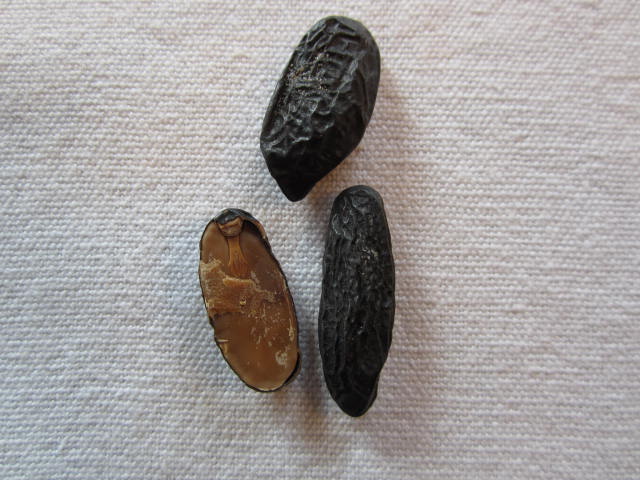


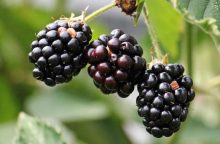



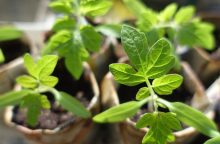
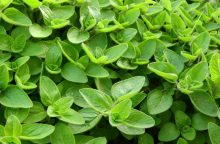
0 comments